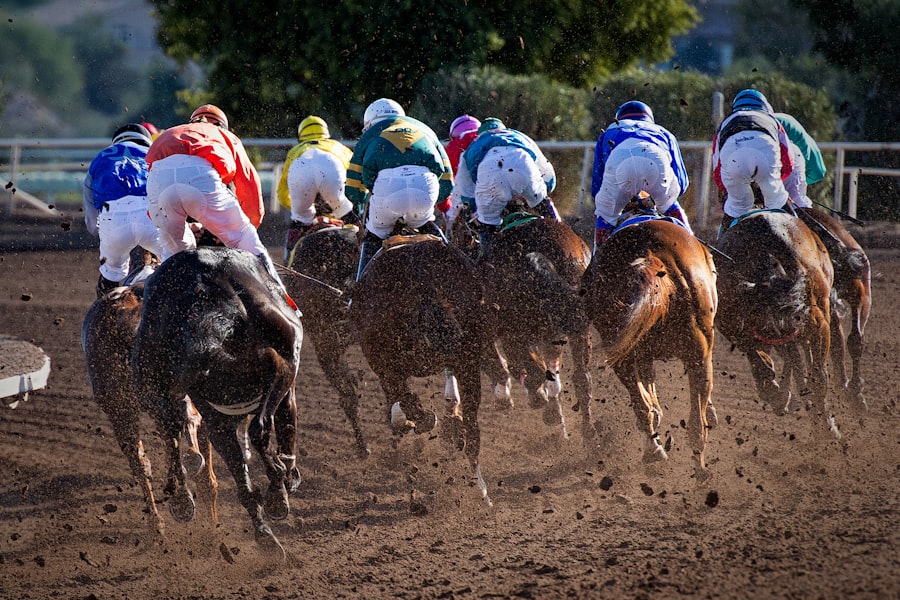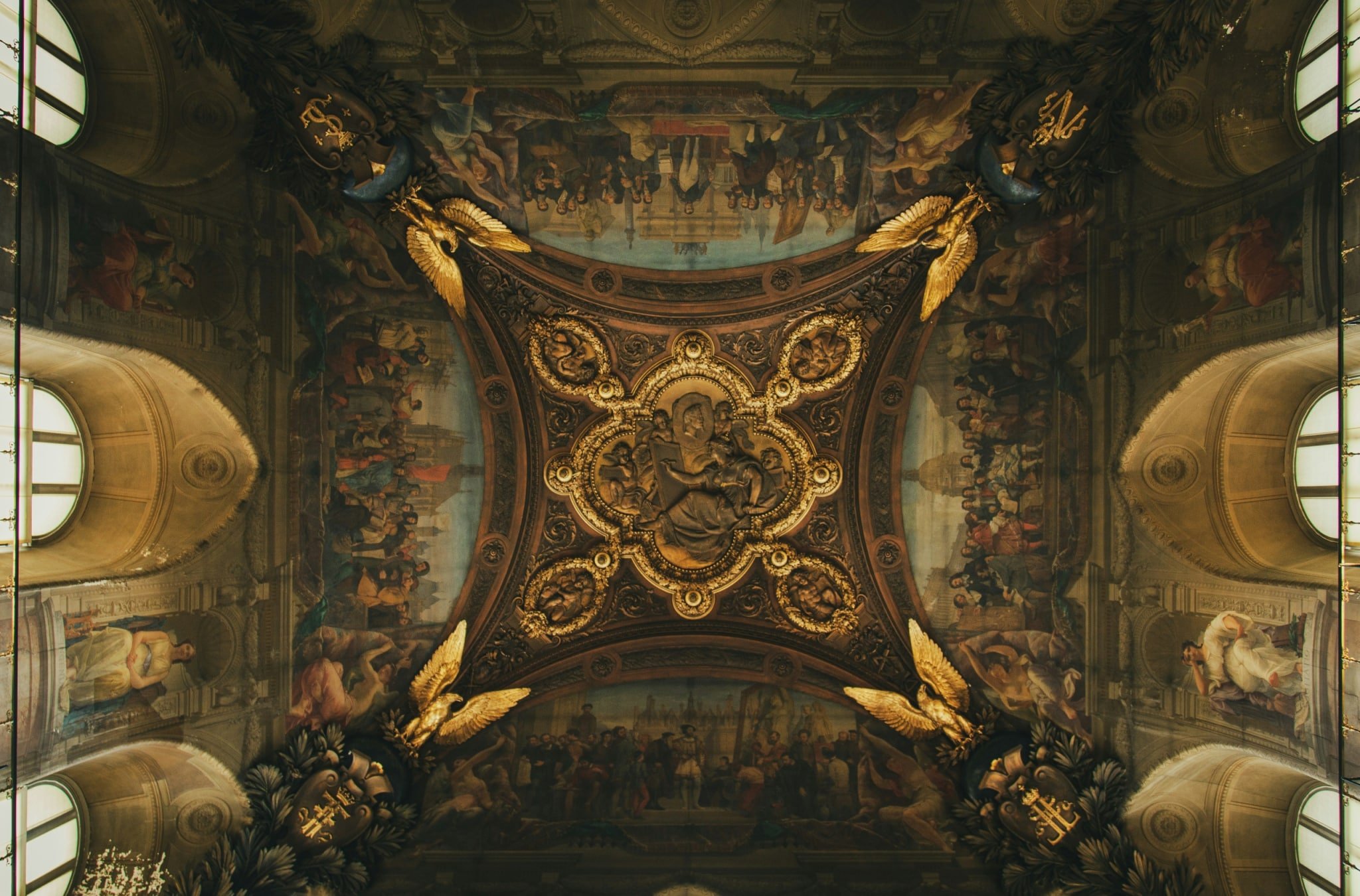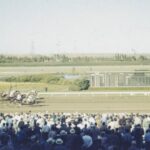Churchill Downs, a name synonymous with horse racing, has a rich and storied history that dates back to the mid-19th century. Founded in 1875 by Meriwether Lewis Clark Jr., the racetrack was established on land that belonged to his family, which had deep roots in Kentucky’s equestrian culture. The inaugural Kentucky Derby took place on May 17, 1875, and it was a modest affair compared to the grand spectacle it has become today.
The first race attracted a crowd of approximately 10,000 spectators, who witnessed 15 thoroughbreds compete for a purse of $2,850. This event marked the beginning of a tradition that would evolve into one of the most prestigious horse races in the world. Over the years, Churchill Downs has undergone significant transformations, both in terms of its physical structure and its cultural significance.
The original grandstand was a simple wooden structure, but as the popularity of the Derby grew, so did the need for more elaborate facilities. By the early 1900s, the racetrack had expanded to accommodate larger crowds and more horses. The introduction of electric lighting in 1925 allowed for night racing, further enhancing its appeal.
Throughout the decades, Churchill Downs has been a witness to historical events, including the Great Depression and World War II, which shaped not only the racetrack but also the broader American society.
Key Takeaways
- Churchill Downs was founded by Meriwether Lewis Clark Jr. in 1874 and has a rich history in horse racing.
- The Kentucky Derby has been held at Churchill Downs since 1875 and is a beloved tradition in American horse racing.
- The architecture of Churchill Downs features iconic twin spires and a grandstand designed by Joseph Dominic Baldez.
- Famous events at Churchill Downs include the Kentucky Oaks and the Breeders’ Cup, as well as historic races like the Triple Crown.
- Churchill Downs has a significant impact on the Louisville community, contributing to the local economy and culture.
- The legacy of Churchill Downs and the Kentucky Derby is celebrated through the Hall of Fame and the Kentucky Derby Museum.
- The future of Churchill Downs and the Kentucky Derby includes plans for modernization and continued excellence in horse racing.
- Visitors to Churchill Downs should be prepared for the grandeur of the facility and the excitement of the races, as well as the traditions of the Kentucky Derby.
The Kentucky Derby: A Tradition at Churchill Downs
The Kentucky Derby is often referred to as “The Most Exciting Two Minutes in Sports,” and for good reason. This iconic race is not just a test of speed; it is a celebration of tradition, fashion, and Southern culture. Held annually on the first Saturday in May, the Derby attracts an eclectic mix of attendees, from horse racing aficionados to casual spectators eager to partake in the festivities.
The race is steeped in rituals, including the singing of “My Old Kentucky Home,” which resonates through the grandstands as horses parade to the starting gate. The significance of the Kentucky Derby extends beyond its status as a horse race; it is a cultural phenomenon that encapsulates the spirit of Louisville and the state of Kentucky. The event has inspired countless traditions, such as the wearing of extravagant hats and sipping on mint juleps—an official drink of the Derby.
The race has also become a platform for showcasing thoroughbred racing’s elite, with winners often achieving legendary status. Notable champions like Secretariat and Affirmed have left indelible marks on the history of the Derby, their names forever etched in the annals of equestrian lore.
The Architecture and Design of Churchill Downs

The architectural design of Churchill Downs reflects its historical significance and evolving identity as a premier racetrack. The most recognizable feature is undoubtedly the twin spires that grace the grandstand, which were added in 1895 and have since become an iconic symbol of both the racetrack and the Kentucky Derby itself. These spires not only enhance the aesthetic appeal of the venue but also serve as a reminder of its rich heritage.
The grandstand has undergone numerous renovations over the years to improve spectator experience while preserving its historical charm. The most significant renovation occurred in 2015 when a new facility was unveiled that included modern amenities such as luxury suites and upgraded seating options. This blend of old and new architecture allows Churchill Downs to maintain its traditional roots while catering to contemporary tastes.
The design also incorporates elements that enhance functionality, such as improved sightlines for spectators and state-of-the-art technology for race management.
The Famous Events and Races at Churchill Downs
| Event/Race | Date | Distance | Surface |
|---|---|---|---|
| Kentucky Derby | First Saturday in May | 1 1/4 miles | Dirt |
| Kentucky Oaks | Friday before Kentucky Derby | 1 1/8 miles | Dirt |
| Stephen Foster Handicap | June | 1 1/8 miles | Dirt |
| Clark Handicap | November | 1 1/8 miles | Dirt |
While the Kentucky Derby is undoubtedly the crown jewel of Churchill Downs’ racing calendar, it is far from the only event that takes place at this historic venue. The track hosts a variety of races throughout its spring and fall meets, including the Kentucky Oaks, which occurs on the day before the Derby and features top three-year-old fillies competing for their own prestigious title. This race has gained prominence over the years and is celebrated with its own set of traditions, including the “Oaks Lily” cocktail and a pink theme that symbolizes support for breast cancer awareness.
In addition to these marquee events, Churchill Downs also hosts several other notable races throughout the year, such as the Clark Handicap and the Stephen Foster Handicap. These races attract top-tier horses and jockeys from across the nation, contributing to Churchill Downs’ reputation as a premier destination for horse racing enthusiasts. The track’s commitment to showcasing high-quality racing is evident in its investment in facilities and technology that enhance both horse performance and spectator enjoyment.
The Impact of Churchill Downs on the Louisville Community
Churchill Downs is more than just a racetrack; it is an integral part of Louisville’s cultural fabric and economic landscape. The annual Kentucky Derby generates significant revenue for the city, attracting hundreds of thousands of visitors who contribute to local businesses through hotel stays, dining, and shopping. This influx of tourism creates jobs and stimulates economic growth in various sectors, from hospitality to retail.
Moreover, Churchill Downs plays an active role in community engagement through various initiatives aimed at giving back to Louisville residents. The racetrack collaborates with local organizations to support education, health care, and social services. Programs like “Horses for Heroes” provide therapeutic riding experiences for veterans, while partnerships with local schools promote equine education and awareness among youth.
These efforts underscore Churchill Downs’ commitment to being a responsible corporate citizen while fostering a sense of community pride.
The Legacy of Churchill Downs and the Kentucky Derby

Legendary Moments in Horse Racing History
Over its long history, the Derby has produced iconic moments that resonate with fans worldwide. From Secretariat’s record-breaking performance in 1973 to more recent triumphs like Justify’s victory in 2018, where he became only the second horse in history to win the Triple Crown after not racing as a two-year-old, the stories woven into Derby lore are countless.
A Cultural Icon in American Society
This legacy extends beyond individual races; it encompasses a broader narrative about American culture and tradition. The Kentucky Derby has been featured in literature, film, and music, solidifying its place in popular culture. It serves as a reminder of America’s deep-rooted connection to horse racing and its significance as a sport that transcends social classes.
A Cultural Institution Embodies the Spirit of Competition
As such, Churchill Downs stands not only as a physical location but also as a cultural institution that embodies the spirit of competition, celebration, and community.
The Future of Churchill Downs and the Kentucky Derby
As Churchill Downs looks toward the future, it faces both opportunities and challenges in maintaining its status as a premier destination for horse racing. One significant area of focus is sustainability; as environmental concerns grow globally, Churchill Downs has begun implementing practices aimed at reducing its carbon footprint. Initiatives such as waste reduction programs and energy-efficient upgrades are becoming increasingly important as stakeholders demand greater accountability from institutions.
Additionally, embracing technology will play a crucial role in shaping Churchill Downs’ future. Innovations such as advanced data analytics for race performance analysis and enhanced fan engagement through mobile applications are already being explored. These advancements not only improve operational efficiency but also enhance spectator experiences by providing real-time information and interactive features during events.
As Churchill Downs continues to evolve, it must balance tradition with innovation to remain relevant in an ever-changing landscape.
Visiting Churchill Downs: What You Need to Know
For those planning to visit Churchill Downs, there are several key considerations to ensure an enjoyable experience at this historic venue. First and foremost is timing; attending during major events like the Kentucky Derby or Oaks can be exhilarating but also crowded. It’s advisable to purchase tickets well in advance due to high demand during these peak times.
Visitors should also familiarize themselves with dress codes that are often observed during major events—especially at the Derby—where fashionable attire is part of the experience. Many attendees don elaborate hats and suits or dresses that reflect Southern elegance. Additionally, understanding parking options or public transportation routes can alleviate stress on event days when traffic can be heavy.
Exploring beyond just race day can also enhance your visit; Churchill Downs offers year-round tours that delve into its history and operations. The Kentucky Derby Museum located on-site provides interactive exhibits that celebrate both horse racing heritage and local culture.
If you’re interested in learning more about the latest technologies impacting the horse racing industry, check out this article on racehorsetoday.
com/how-5g-technology-is-changing-the-world/’>how 5G technology is changing the world. This piece explores the ways in which 5G technology is revolutionizing various sectors, including horse racing. It’s fascinating to see how advancements in technology are transforming the way we experience events like the races at Churchill Downs.
FAQs
What is Churchill Downs?
Churchill Downs is a famous thoroughbred racetrack located in Louisville, Kentucky, United States. It is best known for hosting the annual Kentucky Derby, which is one of the most prestigious horse races in the world.
When was Churchill Downs established?
Churchill Downs was established in 1875 by Meriwether Lewis Clark Jr., the grandson of William Clark of the Lewis and Clark Expedition.
What is the Kentucky Derby?
The Kentucky Derby is a Grade I stakes race for three-year-old Thoroughbreds, held annually in Louisville, Kentucky, on the first Saturday in May. It is the first leg of the American Triple Crown of horse racing.
How big is Churchill Downs?
Churchill Downs covers approximately 147 acres and has a seating capacity of over 150,000 people.
What other events are held at Churchill Downs?
In addition to the Kentucky Derby, Churchill Downs also hosts the Kentucky Oaks, another prestigious horse race for three-year-old fillies, as well as other racing events throughout the year. The venue is also used for non-racing events such as concerts and festivals.















